Meet the Hangman
By Kara Dicker
The Gallery is closed, and the walls have been stripped of work. On the floor is where the action is. A new exhibit is about to take form. Paintings are unpacked and laid out, staring up as Shawn Cornell determines the larger piece that will anchor the midpoint. From there he decides the breathing room that is critical in sustaining the energetic installations for which Cornell is known. He will play with spacing and the arrangement of every piece until he achieves the visual pulse he is looking for.
“I much rather have each piece have some breathing space,” Cornell says. “I do my best to give as much space in between so that there’s almost like an EKG going on.”
For more than a decade, Cornell has been the primary exhibit installer at the Galleries at Heartland Art Club and its former OA Gallery. For Cornell, hanging shows is a self-taught process. His work as a plein air painter and background in graphic design inform his decisions when it comes to arrangement. Experience offers lessons in efficiency.
Behind every show are one man’s countless hours of artistic consideration and physical work, not to mention the creative use of blue marking tape.
“Artistic sensibility has a strong place in how I lay things out,” Cornell says. “Does this have balance, or is the frame competing? Are you going to see the work vs. what is around the work?”
Cornell has hung a variety of shows. Those that are exclusively paintings tend to be the easiest to install. He says the ones that involve multiple mediums are the most challenging. Cornell recalls the 2022 retrospective exhibit of the late Harvy Salvin, a Kirkwood native and nationally renowned painter, stained glass artist, and sculptor: “That one was one of the most complicated,” Cornell says. “He (Salvin) dealt in sculpture and pieces with beautiful, yet slightly askew, handmade frames, pieces that weren’t framed or matt boarded.” Cornell was particularly proud of the way the show turned out. “It was challenging and very rewarding.”
Whether the show is simple or complicated to install, Cornell’s goal is always to present artists’ works in a way in which they are proud. “In any show you want to do well for the members,” he says.
Installing a show can take between a half day to two full days, depending on the size. Cornell has hung shows with as many as 300 works. Establishing the show’s layout on the floor saves time. The physical hanging, tagging, and filling of holes require a skill set Cornell continues to perfect by keeping the took kit simple and using its contents well.
“I don’t use a pencil to mark,” he says. Instead, Cornell relies on blue tape to keep from having to touch up the walls. Besides the blue tape, it’s simply nails, measuring tape, and the all- trusty level. There are some, he notes, who have a natural eye for evenness. Cornell admits he is not among them.
“Lisa Ober can put something on the wall, and it’s going to be level,” Cornell says of his friend and fellow HAC founding member. “I don’t have that gene. You don’t’ want to look at the wall and start feeling seasick. I don’t trust my leveling eye.”
Cornell says he doesn’t mind setting up shows solo. He gets to work at his own pace and to the beat of his musical preferences, which lean toward pop music of the late ‘60s and early ‘70s. This year, however, he’ll be getting a little help. Artist and volunteer Tony Leon will take over hanging the Members’ Group of 8 shows. Leon has helped in the past. “He’s good at it,” Cornell says.
In the meantime, Cornell continues to encounter surprises when it comes to hanging artwork. The recent Threads show featured more than 70 unframed watercolor portraits. Cornell honored the artist’s request to use transparent pushpins to penetrate the double layer of tough hanging tags and drywall. The process was too fragile for a hammer but too repetitive for human hands. Despite the pain, Cornell was undeterred. He reached for the roll of blue marking tape and began wrapping his thumbs.

